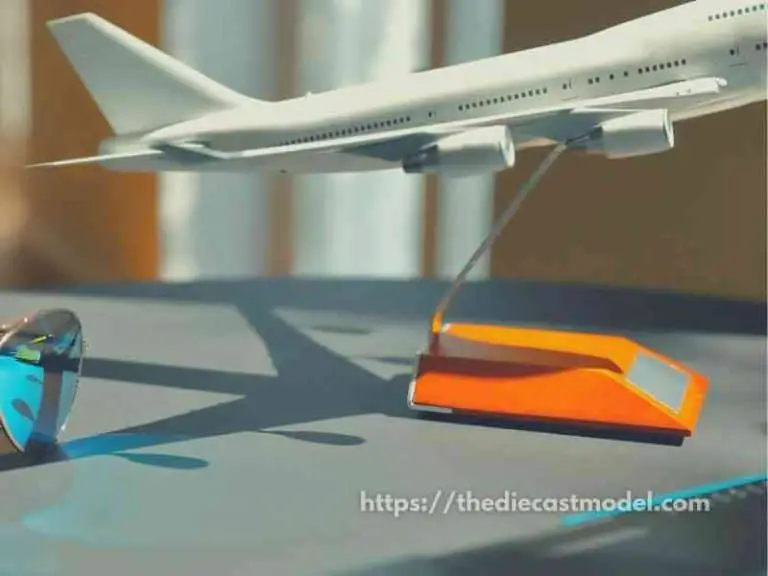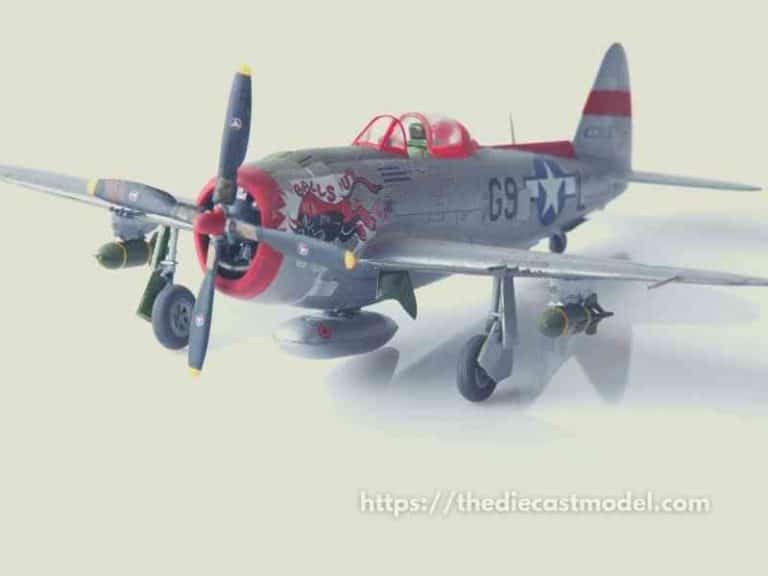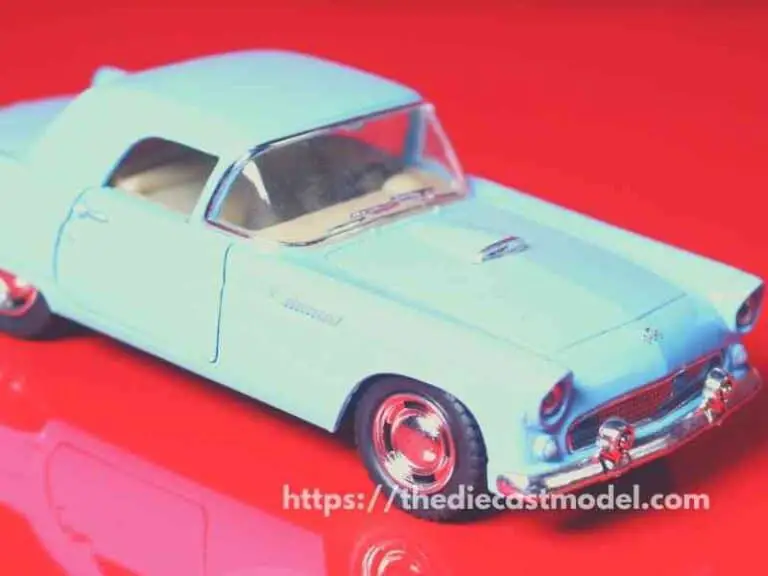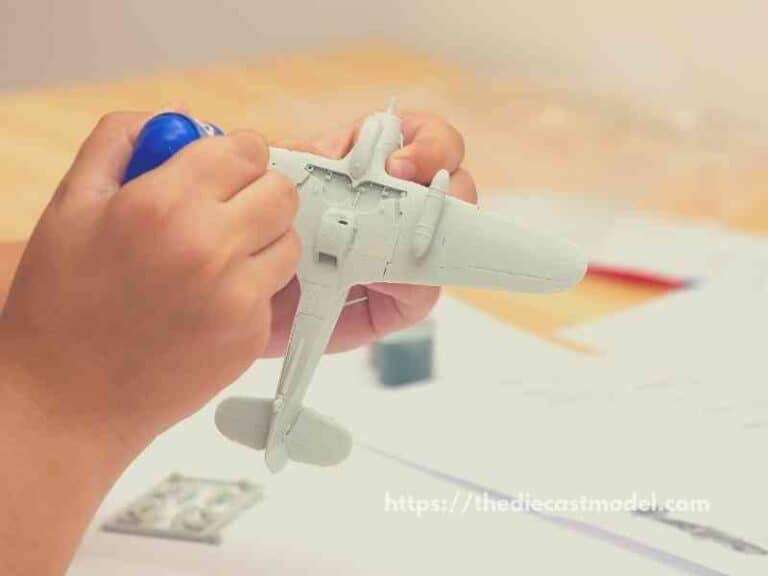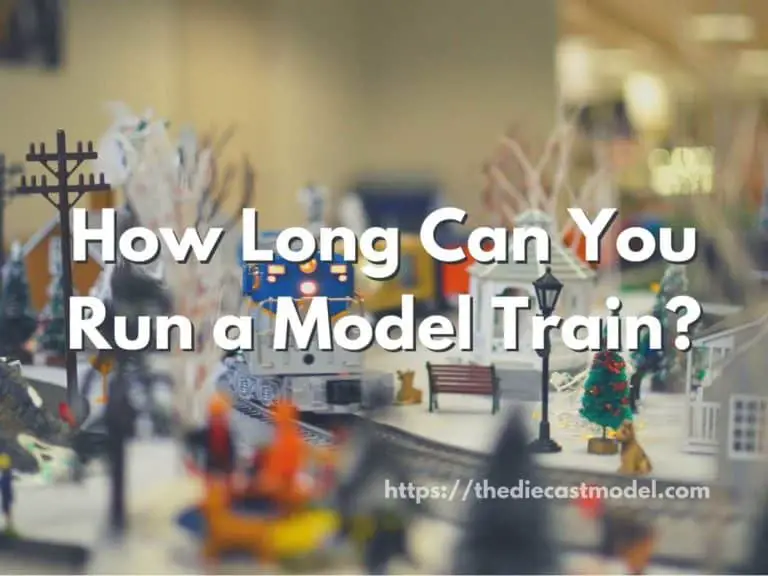Where does the term diecast come from?
Die-cast models cars are among the attractive models to most collectors. For sure, you’ve already seen flashy diecast model ads on TV such as Hot Wheels. But do you know where does the term die-cast comes from? Worry not if you don’t know because you have come to the right place.
The term diecast came from two words which are “die” and “cast”. Dies are actually the steel mold they use where liquid metal is poured upon. Casting is the process of pouring liquid metal into the die. Thus, diecasting is a method of using a mold to shape metals or metal alloys.
However, we need to discuss more on the topic and break down the diecasting technique. In this blog post, you’ll learn where the term die-cast comes from, why it is called die-cast, and the meaning of die-cast. This will bring you a deep understanding of the topic.
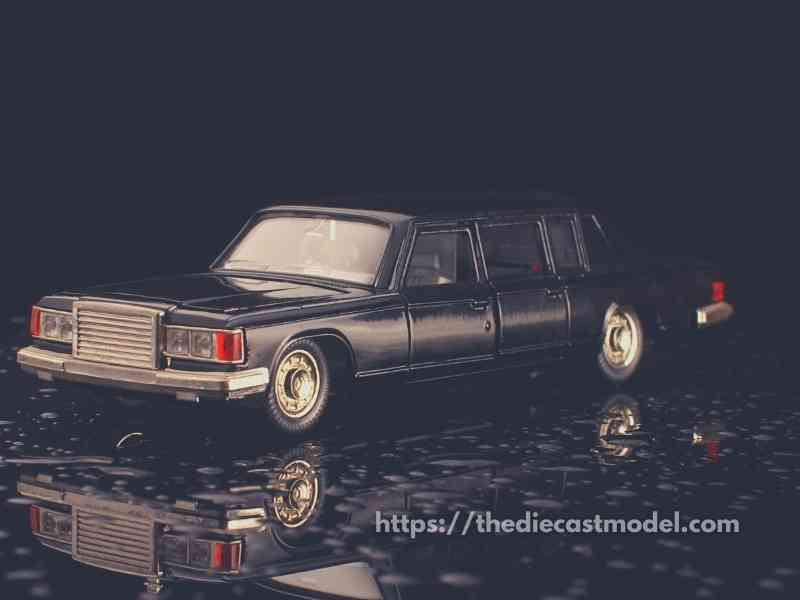
Why is it called die-cast?
It is called die-cast because its products came from the diecasting technique. This technique involves pouring or injecting liquid metal into a mold. This process yields a very sturdy and detailed product at a relatively cheaper price since it doesn’t require tooling and shaping.
The term die-cast is delivered from the die-casting process. It is the process that is used in the manufacturing of die-cast model cars.
If you want to know why it is called die-cast, you need to understand the die-casting process.
The die-casting process entails metal mold in two halves, referred to as the ejector and cover die.
During the die-casting process, molten metal is injected into the die using pressure.
Then the molten has to cool, and two halves split apart while freeing the cast part.
There are two methods used in die-casting process hot or cold chambered. Whether to use the hot or cold chamber during the die-casting process is based on the type of metal used and the part.
The cold chambered technique can be used with highly melted metals like aluminum, metal, or copper alloys.
Hot chambered die casting is confined to metals like zinc, lead, and magnesium alloys that do not disintegrate when heated.
If you’re wondering why iron is not involved in the diecasting process, you will find the reason in another article I’ve made. Clue: it’s for longevity. Here is the link: What are diecast models made of?
Die casting is a cost-effective method that produces a wide range of shapes and components. The parts created have a long life expectancy and can be made to be visually appealing, providing substantial benefits to designers.
Die casting at fast speeds produces complicated structures with tight tolerances that don’t require any post-production processing.
No extra tooling or shaping is required. The final parts have high tensile strength and are heat resistant.
The term die-cast is derived from the process used to make the die-cast model cars.
The process of die-casting dates back to the 1800s. The first equipment manufactured through the die-casting process was invented in 1834 in the printing industry.
The use of this knowledge was limited to the manufacturing of printing equipment for decades. Still, later in the 19th century, the knowledge was adopted, and manufacturers started manufacturing die-cast model cars.
Among the top reasons model cars adopted this die-casting process was its ability to produce model car parts with complex shapes and are intricate with accuracy.
Additionally, repeating the same mold many times, you would also like to attract the model cars manufacturers.
There is actually a newer version of the diecasting technique known as the resin diecasts. I explained it in another article which you’ll see here: What is Resin Diecasts?
Now that you know that the term diecasting came from the process of making cars through this process of die-casting, Let us now look at the term ‘casting’ and ‘dies”. individually.
Casting
Casting is a term used to refer to the process which involves pouring liquid metal into a mold and in the shape of the desired part.
During the casting process, the metal enters the cavity. It is given adequate time to cool and solidify before being removed. The solid product taken from the mold is what is called casting.
Dies
Dies refers to the actual tool steel mold where the liquid metal is poured. There are two parts of the die the fixed die half and the ejector dies half.
The fixed die half is connected to the casting machine’s stationary platen, while the ejector half is coupled to the moving platen.
The two halves are locked together when the machine pressures are held together when it closes. The “die parting line” is the place where the two die-half meet.
The fixed die to halve comprises the “shot sleeve hole,” which fills and fills the liquefied metal in the die.
The half of the expeller contains what is known as “extinguishing pins,” which assist in pushing out the casting half.
In the ejector half, the pins are found since the die is created so that the finished cast will only slice from the half attached to the stationary platter of the machine.
After gently removing the casting from the ejector die half, the casting can be given any final touches it needs to be ready for its intended use.
What is the meaning of die casting?
The meaning of diecasting is that it is the process to make diecast models. This process involves pouring liquid metal or metal alloys into a chamber called mold. This technique started in the 19th century but is still being used today because of its cost-effectiveness.
Die-casting refers to the manufacturing process. The process entails the use of alloy metal for casting and two-part molds for die. Initially, the process was used in the manufacturing of moveable types for printing presses.
But from the 19th century, the process was adopted in the manufacturing of model cars, and it is a process that is even used in the 21st century.
Die-cast refers to the material formed specifically of zinc alloy and cast in a mold in the modern sense of the word. This is a low-cost process that provides great detail and strength.
Today, die-casting is most strongly linked with toys than with anything else. Today, die-cast is the majority of modern metal toys, if only for safety reasons. Die-cast toys have no sharp edges and do not contain any lead.
While not all metal toys are necessarily die-cast, all die-cast toys are metal.
The process was common in the 1920s and became widely known throughout the 20th century as it allowed finer details than sheet metal toys and stronger casting than plumb and casting.
Are Diecasts safe?
As a general rule, diecasts are safe. However, some diecast uses lead in its alloys making it unsafe if swallowed. But that doesn’t mean that diecasts are dangerous because there are lead safety standards imposed on the diecast model manufacturers.
If you are wondering whether the die-cast process is safe or not, the answer depends on the metal used in the process.
Some metals contain lead which is a toxic substance when ingested.
It is not recommended for children to own model cars manufactured through die-cast, and chances are the metal used contains traces of lead.
But it is quite rare since diecast models are mostly aluminum and zinc.
Also, fear not because there is actually a lead safety standard imposed on diecast model manufacturers that would always do their best in checking the lead quality of the models.
In fact, CPSC or the Consumer Product Safety Commission once ordered Mattel to recall their products immediately because it failed their lead quality standards.
But don’t worry since it only happened once and the constant regular checks mean that we would still be at ease buying diecast models.
Otherwise, there is no other safety concerned about die-cast.
Final words
If you love die-cast models, then you find this blog post informative.
It is even a product to know what this die-cast is and why it is called, so as you get to collect those die-cast model cars, you know. In summary, the term die-cast is delivered from the process used to make the die-cast model car.

“Only the things I love”
thediecastmodel.com is reader-supported. When you buy through links on the site, I earn an affiliate commission.
So, here are the things I love when taking care of my Diecast Models.
Cleaning the Models
The first we are going to talk about is cleaning the models.
Removing Dust
- Air Brush – For me, this is the best since it not just removes dust but you can use it in painting/clear coating.
- Air Duster – This is a good alternative to Airbrush
- Normal Brush – If you are short on budget, you can use a normal brush. However, make sure that the brush has soft bristles because there are some hard brushes than can cause scratches. That’s why I recommended a good brush that can do the job properly.
Cleaning and Shining Hacks
Well, here are some of my cleaning hacks for removing scratches, oxidation, and so much more.
- Removing Decal Adhesive – Use Goo Gone on those hard-to-remove decal adhesives. It works fast and works like charm!
- Waxing and Polishing – Here is something a lot of people don’t know. Waxing protects the clear coat and paint while polishing shines the model. Instead of buying it separately, use a 2 in 1 to save money. Get this instead.
- Beginner Wax – The wax I recommended earlier is good and provides the best results based on my experience. But a beginner might have a problem especially if they’re not good at applying wax. Solid wax reaching hard to reach surface can be hard to remove. You have two choices here. One is to use a qtips to reach those surfaces, another is to use a liquid wax I recommended.
- Cleaning Wheels, Rubber, Plastic – Do not forget that rubber and plastic surface are quite different, especially in the cleaning process. Just wiping it down won’t do the job. That’s why I use Meguiar’s Vinyl and Rubber Cleaner and Conditioner. Works like charm!
- Make the Wheels Shine! – Making our models look good won’t be complete without tiny details such as shiny wheels! Do not forget this because however small this is, the difference can be as big as night and day.
- Remove Scratches Easily – Tiny scratches are not the end for your model. Here is a simple trick I’ve been using to make my models look scratch-free even without repainting. Use T-Cut.
Painting the Models
Painting Tools
Make sure when you paint models, have these ready.
- Tape – A tape is important if you are painting a straight line. Furthermore, it will prevent your paint to scatter on other parts. I recommend Tamiya Tape since it is really made for models. Furthermore, they stick really well preventing paint splatters.
- Brush (Beginner) – Find a good set of brushes to paint your models. Of course, you can opt for an airbrush but it’s quite expensive.
- Airbrush (Intermediate/Expert) – This will yield a significantly better result than an ordinary brush because you can easily spray the paint evenly. I recommend this if you know what you’re doing.
- Stand(Optional) – Stands are good because it can be hard to manually hold the models while painting. It is optional but in my opinion, the price is well worth it for the comfort it gives.
- Drop Cloths – Drop Cloths will protect your surroundings from the paint.
- Primer – The most common beginner mistake I see is painting models without any Primer. A primer will prevent imperfections such as bubbles or paint not sticking to your models. It is a small price to pay for quality results.
- Clear Coat – A clear coat will protect the paint of your models. This will make the paint last longer. Also, it is the one responsible for making your models shine.
Paints
Of course, you can’t do painting properly without paint. So here are the ones I recommend.
- Acrylic Paint – Good for beginners because it dries quickly. However, it doesn’t produce results as good as enamel paint.
- Enamel Paint – Provides a good quality finish and longer-lasting paint. However, it takes longer to dry and requires expertise to use.
Model Maintenance
Model Storage
- Simple Wood Cabinet – While it doesn’t let you display your models, wooden cabinets are good storage for these models. For one, they are not heat conductors which means that the temperature inside will remain constant and remain cool. Furthermore, they prevent light from reaching the models which can cause oxidation.
- Clear Cabinet with Lock – If you want to display your models, then I recommend this. It closes so dust won’t easily get to your models. I also recommend you don’t put more than 1 model in each compartment since metals are good conductors of heat.
Model Photography
So you want to show off your models to others? Well, I got you covered.
Here is my beginner-friendly model photography tutorial that teaches everything from taking pictures to the editing process.
You will also see me doing hands-on photography in that tutorial.
Here is the link: How to Take Pictures of a Diecast Model or Model Kit | Helpful Illustrated and Video Guide
Sources

